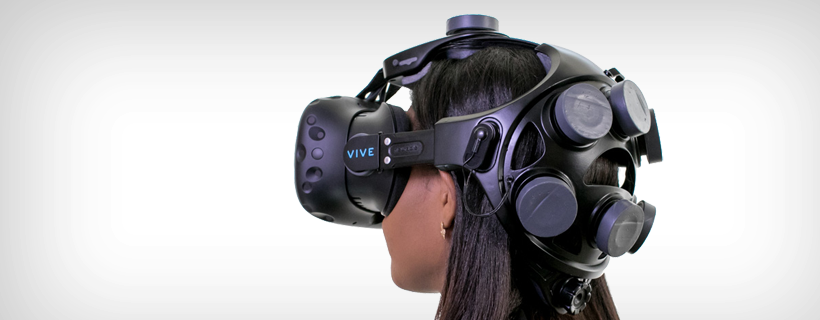In our Consumer Neurotech series, we covered a span of topics in consumer neurotechnology.
- Volume I: Introduction
- Volume II: Neurotech for Control
- Volume III: Neurotech for Feedback
- Volume IV: Neurotech for Brain Modulation
- Volume V: Other Neurotech (The Odd Ones Out)
To conclude this series, we’ll summarize some of our insights:
- Some of the market opportunities in consumer neurotechnology are for domains where it’s not possible to execute well on the value-add without neurotechnology: EMG control (e.g. CTRL) provides a value-add of conveying intention to a computer very efficiently and with minimal cognitive load; non-neural interfaces can’t do this since they require the manipulation of a physical device (e.g. a keyboard or mouse). Neuroscience-based sleep enhancement (Dreem) improves sleep through enhancing the neural correlates of good sleep; this can’t be done without sensors that measure real-time data about the biological substrates of sleep. Neuroanalytics (SPARK Neuro) provides real-time and highly specific analysis of sentiment, which focus-groups and post hoc self-reporting can’t do.
- Neurotechnology products, like all products, require their inventors and investors to think about ethics. In our view, this is paramount for neurotechnology because this class of technology implicates the human brain, i.e. the substrate of the human experience. Additionally, this will help businesses acquire and keep customers given the growing trend of public scrutiny. Stay tuned for more from us on the topic of neuroethics.
- Neurotechnology can give developers and researchers better information about whether or not users are having positive experiences with their technology. We advocate for the development and proliferation of biosignal techniques to understand aspects of users’ experience such as addictive behavior, emotional state, and social satisfaction.
- One highly desirable use of neurotechnology is to develop interfaces or computer control mechanisms that are less cognitively, emotionally, physically, and physiologically disruptive to users. In other words, neurotechnology ought to pursue the technological minimalist ideal.
- For neurotechnologies that claim to enhance their users, the burden of proof is on the company. Different technologies will require different mixtures of quantitative and qualitative evidence, and companies would be well-served to allocate resources to the empirically determine what mixture is best-suited for their product.
- For the foreseeable future, until the wide-scale proliferation of enhancing technologies, enhancement companies should find users who already value and strive for self-optimization.
- One path to success for consumer neurotechnologies could be through finding pre-existing use-cases in which to package the novel value-add. Halo Neuroscience, which builds motor learning-enhancing neurostimulation into a pair of headphones, accomplishes this by leveraging the use-case of listening to music.
- Some neurotechnology products, by nature, will require recurrent usage before users perceive the value-add. In these scenarios, it’s useful to build a business model that relies on other people as forcing functions. Muse is an example of this: they use professional meditation guides and therapists as the forcing functions for individual meditators who buy the Muse headband and use the meditation app. Some consumer neurotechnologies, like the original Thync product, deliver on/off value, whereas others like Mindset require continuous usage.
- Consumer neurotechnologies can be characterized by an efficacy-time curve, which conveys the intuition that some neurotechnologies will take time before they become effective. We haven’t done the leg-work yet, but one could classify consumer neurotechnology products using this curve. It’s possible that some business models work better for step-functions and others for gradually increasing curves.
Thanks for coming along for this journey with us. If you’re developing a neurotechnology product, if you have an idea for a product, if you’re conducting research into neurotechnology, if you’re an investor looking to learn more about neurotechnology: by all means, please get in touch! You can reach me at avery[at]deepwatermgmt.com.
Disclaimer: We actively write about the themes in which we invest or may invest: virtual reality, augmented reality, artificial intelligence, and robotics. From time to time, we may write about companies that are in our portfolio. As managers of the portfolio, we may earn carried interest, management fees or other compensation from such portfolio. Content on this site including opinions on specific themes in technology, market estimates, and estimates and commentary regarding publicly traded or private companies is not intended for use in making any investment decisions and provided solely for informational purposes. We hold no obligation to update any of our projections and the content on this site should not be relied upon. We express no warranties about any estimates or opinions we make.
